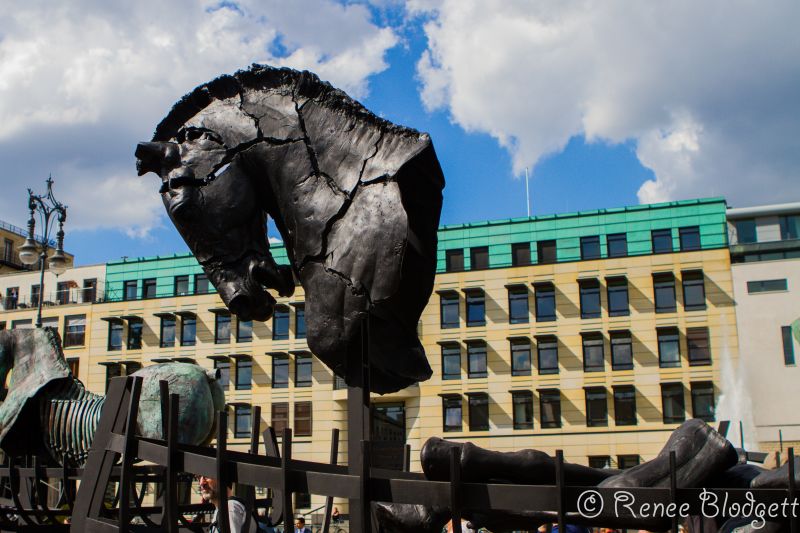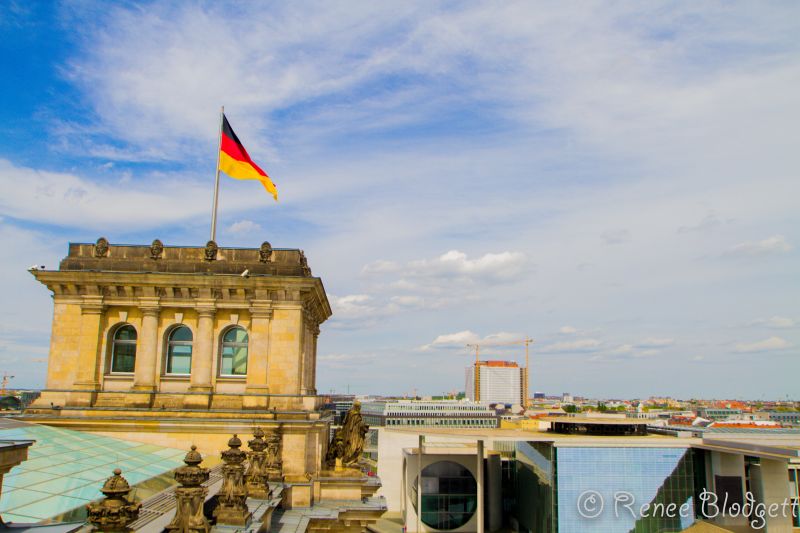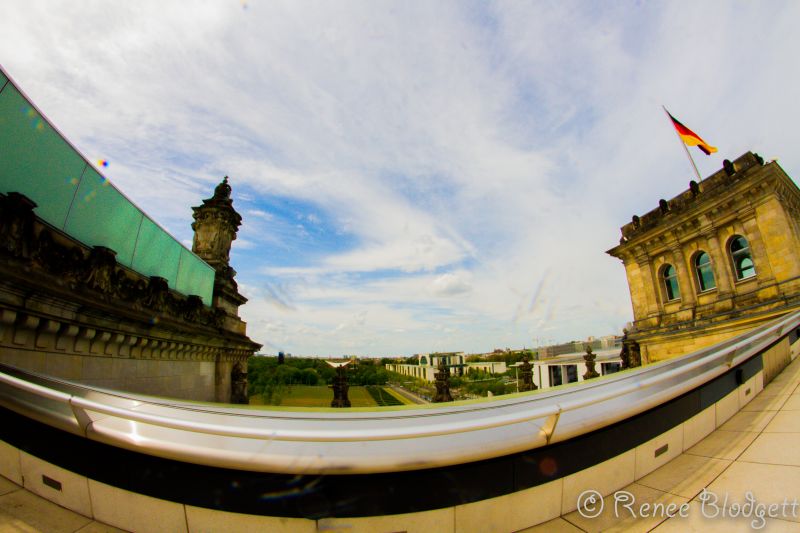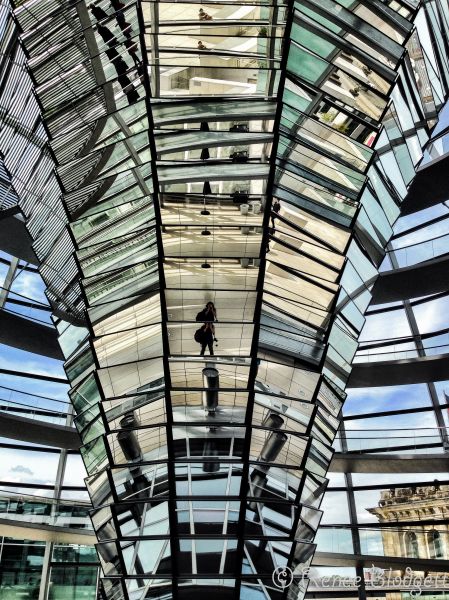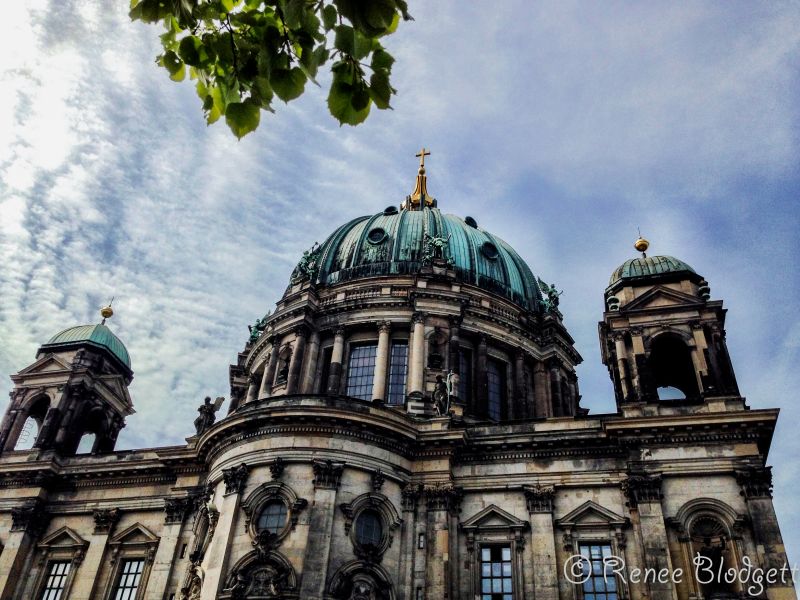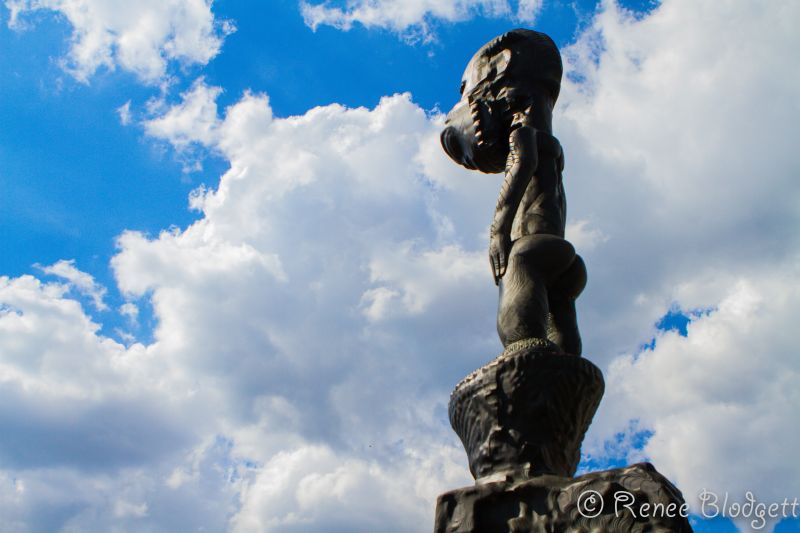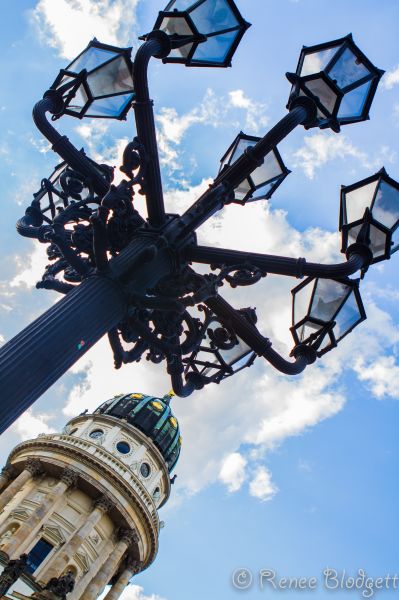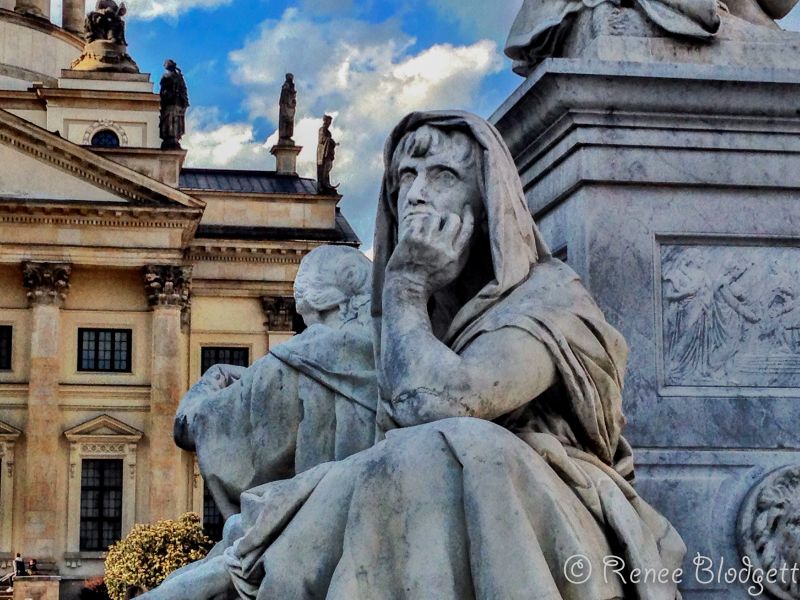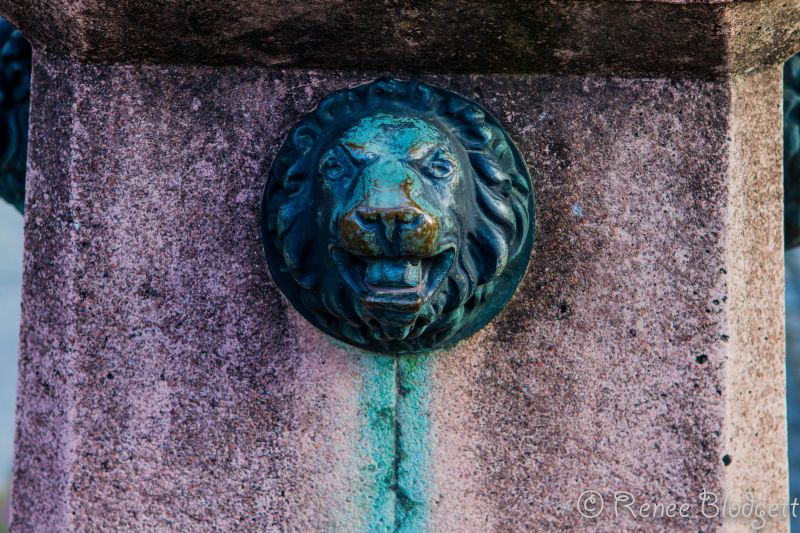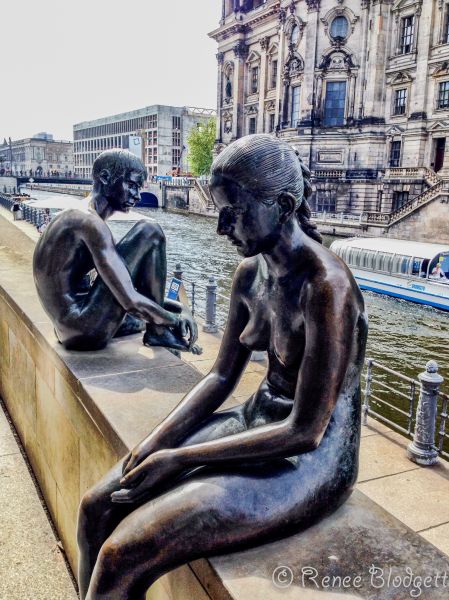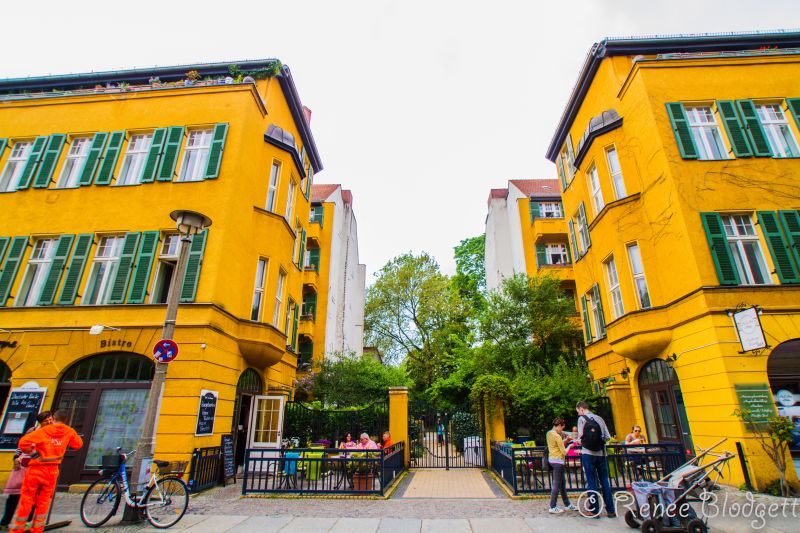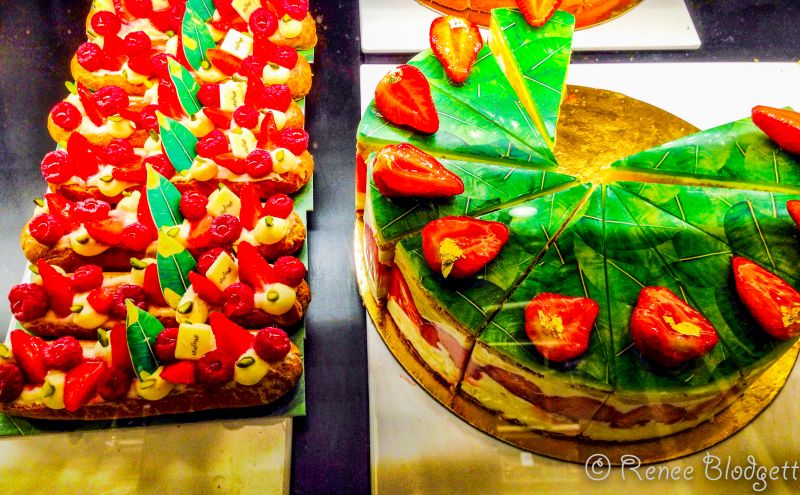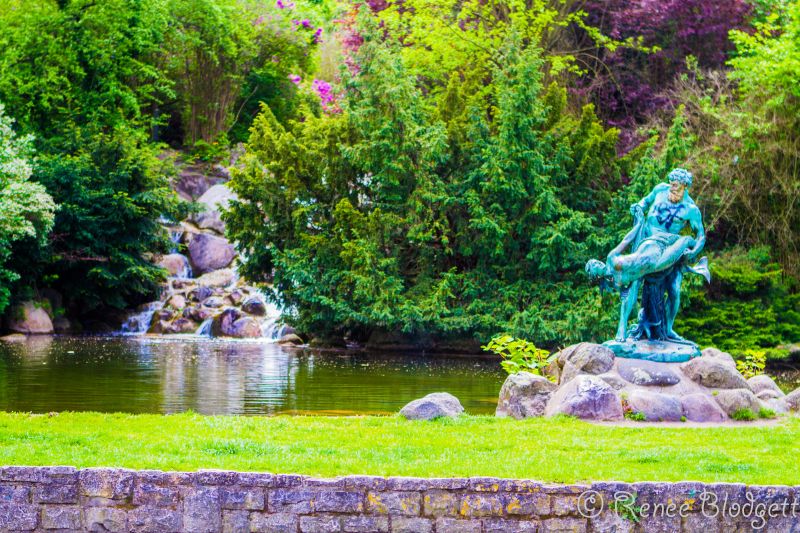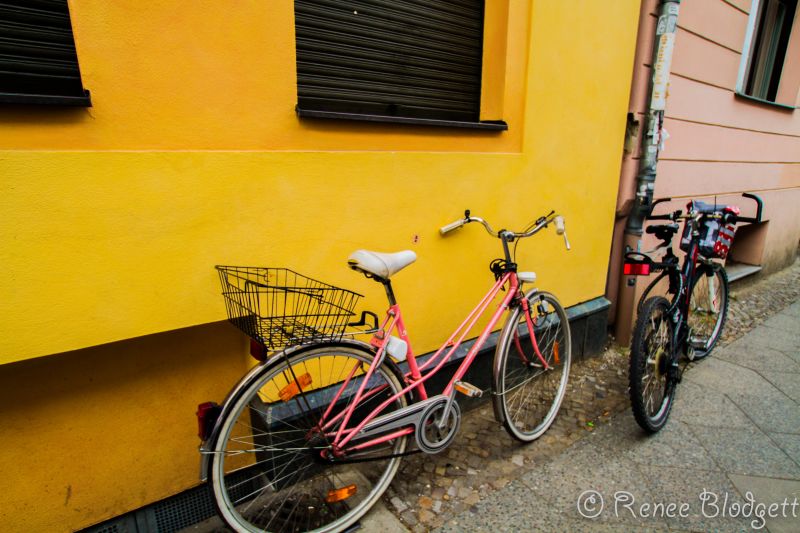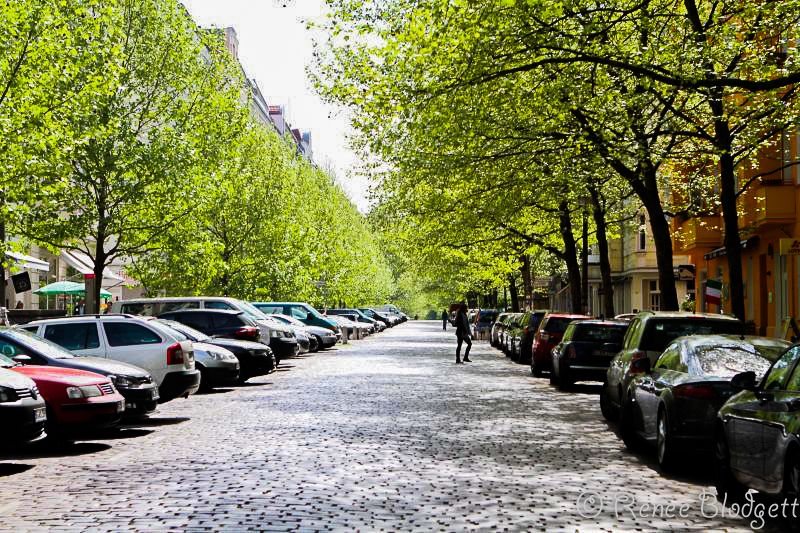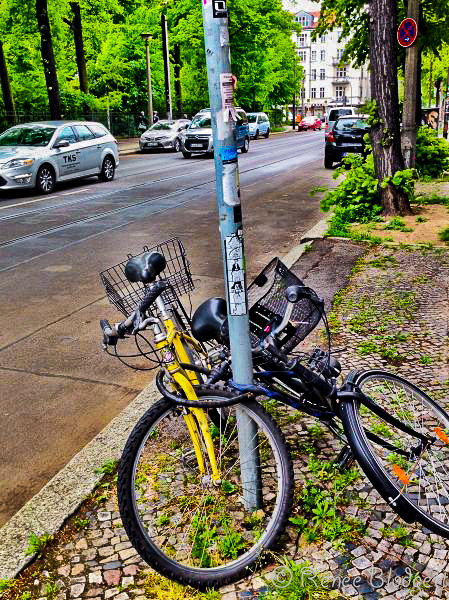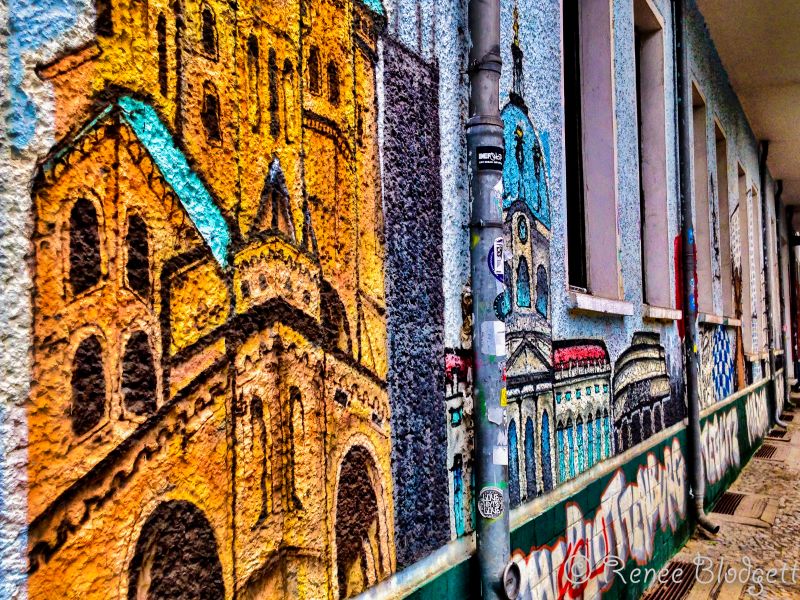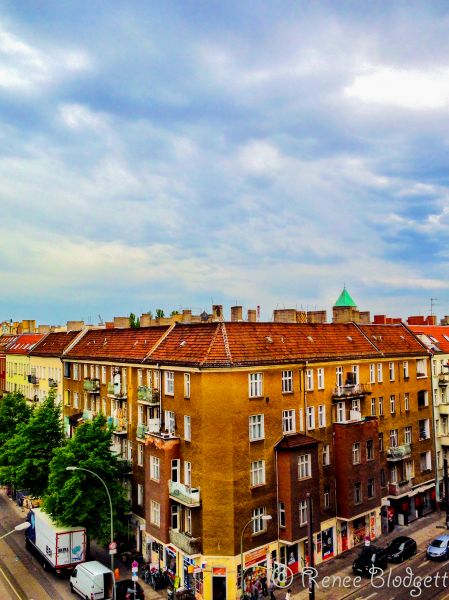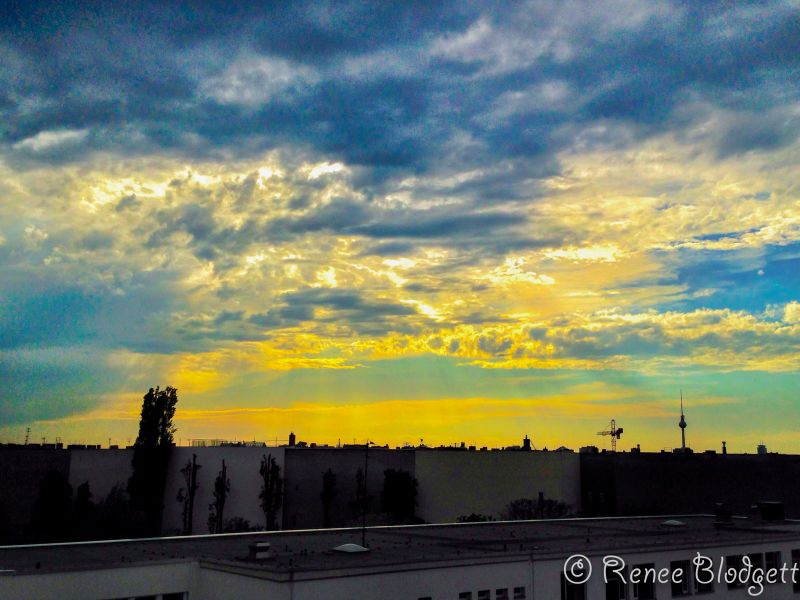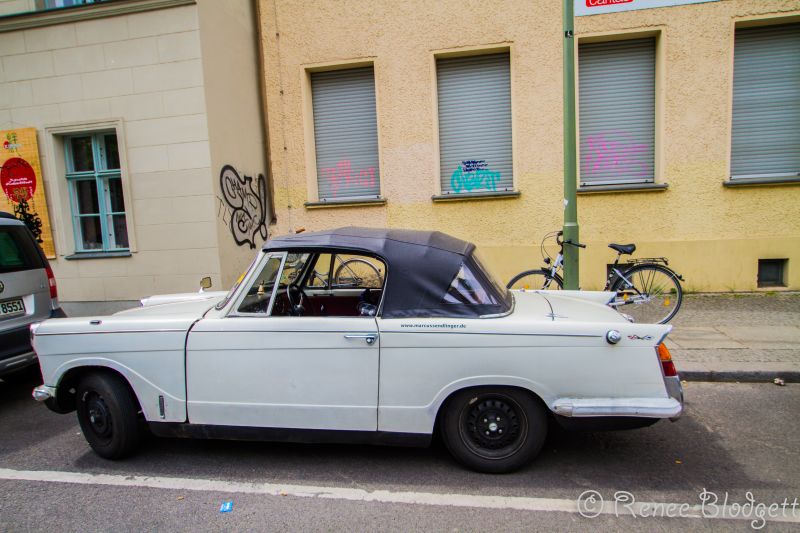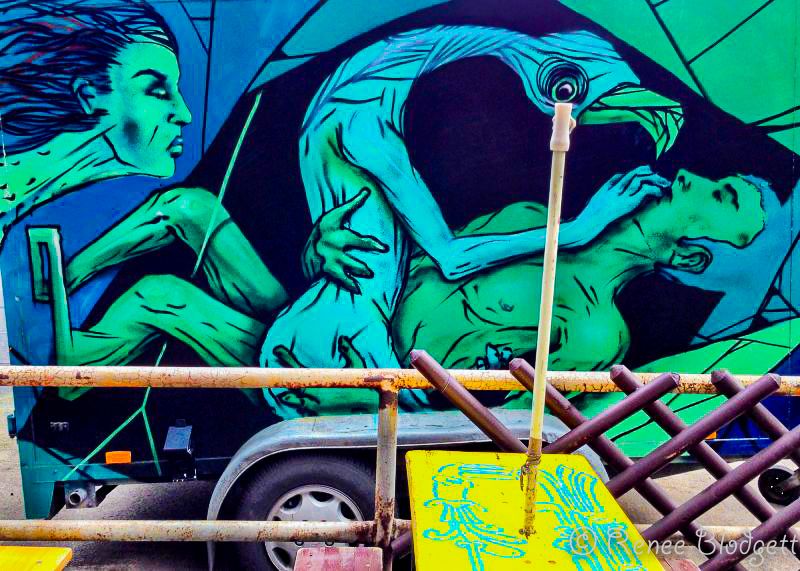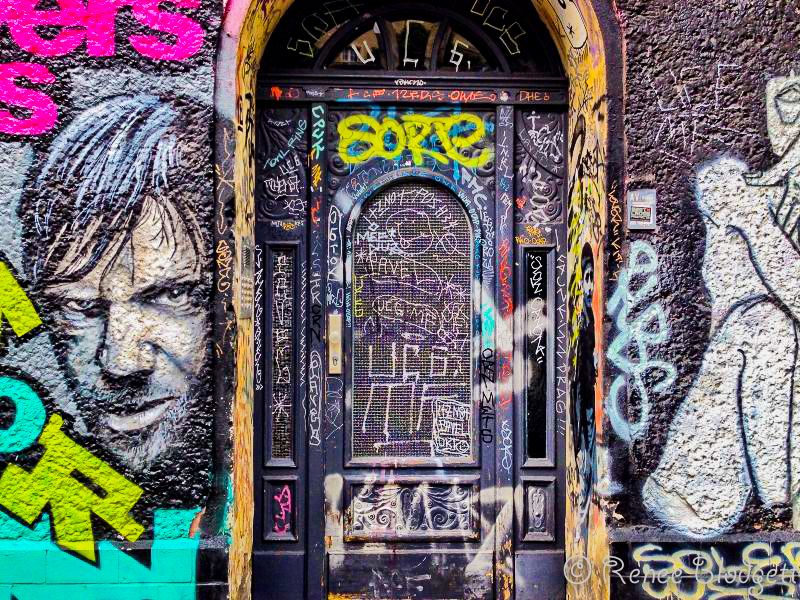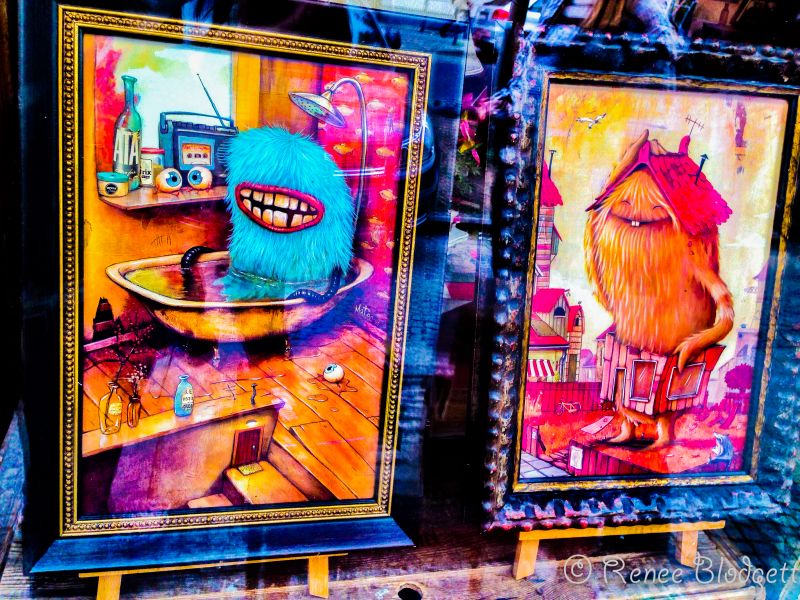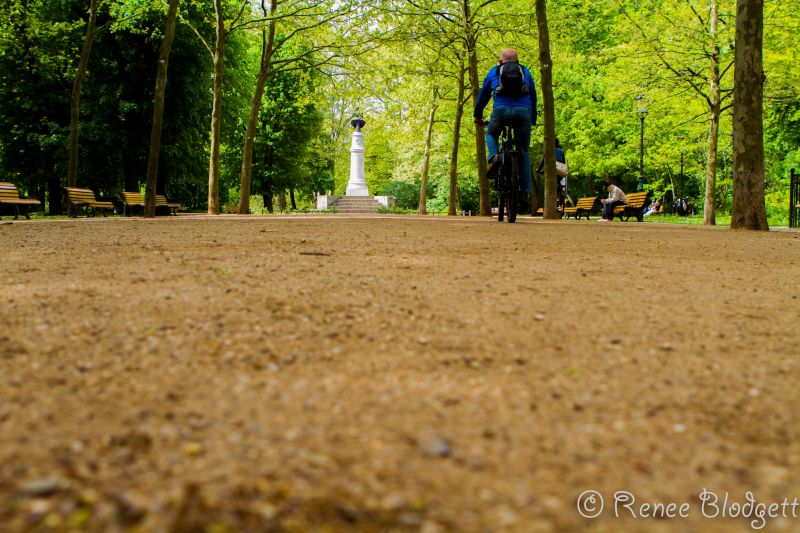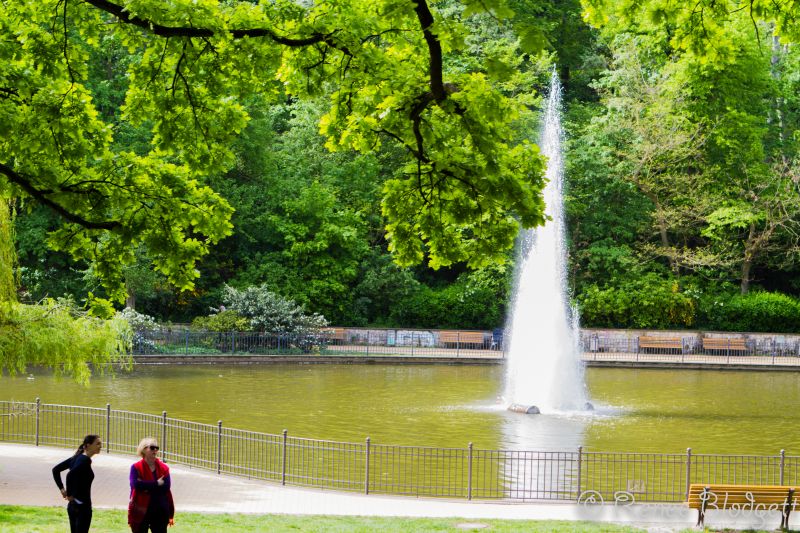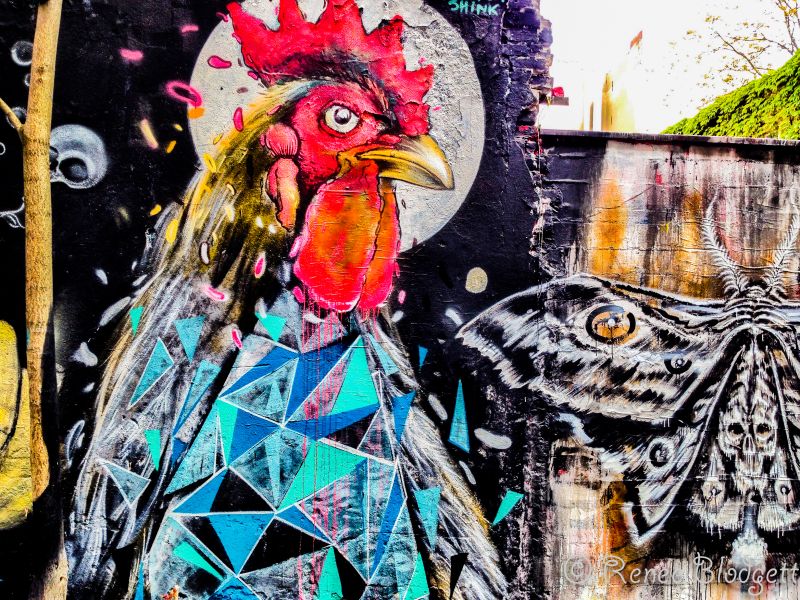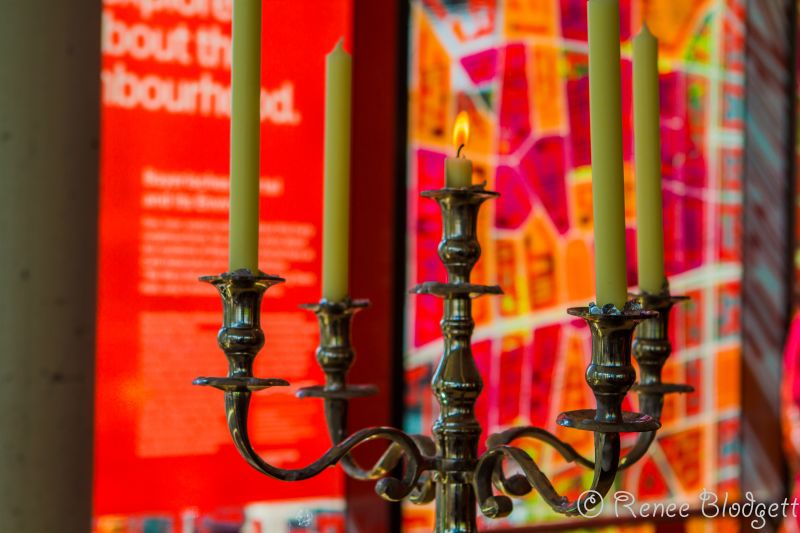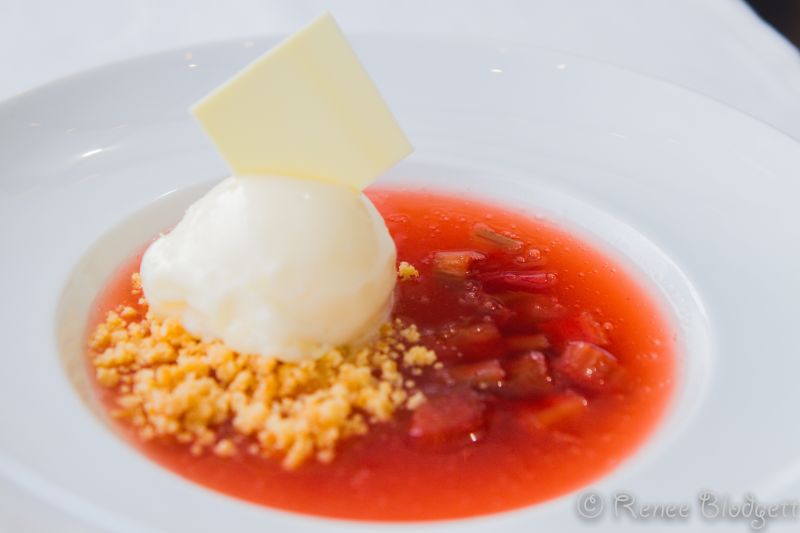When I received an opportunity to return to Berlin Germany after so many years, my first reaction and interest was to compare and contrast the Berlin of the early 90’s to the Berlin of today, a city which has undergone so many dramatic transformations, I was bound not to recognize her.
As I dug deeper into the trip and learned that Berlin was nine times the size of Paris, I found myself wondering whether that was the case 20 or so years ago. I also learned that Berlin consisted of 12 boroughs which are divided up into a total of 96 districts but that unofficially, Berliners don’t really live in a borough or district, but in their ‘Kiez’, which in layman’s terms, is simply a “neighborhood.”
And so in early May, I found myself air bound on a flight to Air Berlin to explore Berlin’s neighborhoods as they worked, played, danced and sang through a 2015 lens.
Not unlike other European cities, Berliners have a local pub, but unlike most places in the world, they serve some of the best beer you’ll ever taste. Locals also take great pride in their ‘Späti’ off-license which stays open well into the night, not unlike we have come to count on in American urban centers.
Let’s take a look at a few highlights. Note that I did not visit every single district, so you’ll notice external photographs in those cases), but I did make my way through about a third via a combination of van, foot and bike.
Because it had been so long since my last trip to Berlin, I spent most of my time in the Eastern part of the city and central Mitte, which houses most of the historical and cultural attractions and museums as you’ll see below. (a large proportion of this post is dedicated to in and around Mitte for that reason). That said, I’d encourage you to get out to Berlin’s more interesting hoods – you’ll get at the very least a summary of the hoods I didn’t either get to or spent very little time. Enjoy!
Mitte:
The Reichstag, which is one of Berlin’s most iconic buildings. Story has it that this building has been burned, bombed, rebuilt, buttressed by the Berlin Wall, wrapped in fabric and finally turned into the modern home of the German parliament.
View from the top….
The original building was designed by Paul Wallot in 1894, and since 1999, it is the place where German Parliament, the Bundestag, has been doing “it’s thing.” This followed a total makeover by Lord Norman Foster, who preserved only the building’s historical shell while adding the striking glass dome, which is accessible by lift.
A Unesco World Heritage Site since 1999, Museum Island highlights the best culture and art history from the Stone Age to the 19th century. Suggested visits include the Pergamonmuseum, the Altes Museum, the Neues Museum, the Alte Nationalgalerie for nineteenth century art and the Bodemuseum for sculptures from the Medieval Age and the Renaissance period.
The German-Russian Museum is a permanent exhibition about Germany and the Soviet Union in World War II and is the authentic site of the signing of Germany’s unconditional capitulation on May 8, 1045.
Celebrating 70 years of so many historical events that happened in Berlin, the city is abundant with open air exhibitions throughout the city showing what various parts of Berlin looked like in the Spring of 1945. These can be found at Brandenburg Gate (below), the Lustgarten, Alexanderplatz, Potsdamer Platz, Joachimsthaler Platz and Wittenbergplatz. Large-format historical photographs bring it to life, bringing you back to a sadder era in time, reminding you the importance of learning from history so the next generation doesn’t repeat horrors that should never have happened.
Berlin’s German Dom or known locally as the Deutscher Dom – not to be confused with the Berliner Dom which is the largest protestant church in Berlin – is best known as one of the three buildings which make up the spectacular ‘trinity ensemble’ in Mitte’s Gendarmenmarkt Square which includes the Französische Dom (French Cathedral) and the Konzerthaus or Concert Hall.
It’s worth spending some time in and around the square as well, as it makes for great people watching and the architecture is stunning as well.
Along the Sree River, you can get views of the historical Berlin Cathedral and Museum Island.
In and around Augustrasse…
Lichtenberg
While the Stasi hung their hats in Lichtenberg in the GDR times, it is now a neighborhood that is growing popularity with families, and not just because of its well known petting zoo. It is considered an up and coming district that is more residential than most hence the reason families and older couples find Lichtenberg an appealing choice.
Pankow
Old Pankow merged with Weißensee and Prenzlauer Berg in 2001, so it now stretches from the northern edge of the city down to the centrally located Prenzlauer Berg. Story has it that during GDR times, artists and mavericks lived here in dilapidated buildings with crumbling façades. Today, it attracts families and yuppies, and its trendiest area is in and around Kastanienallee, with its many boutiques, cafés and yoga studios.
Neukölln Reuterkiez which is nicknamed Kreuzkölln, is known for being vibrant, up-beat and a great place to head if you want a thriving nightlife scene. Worth visiting is the Maybachufer Market which offers vegetables, produce and textiles and it’s also a great opportunity to people watch since it is more local and regional than some of the more touristy neighborhoods.
The area “feels” young yet is a mishmash of detached houses in the south and high rises in the Gropiusstadt area. Like Litchenberg, the area is changing but rather than it being an attraction to couples and families, younger singles are flocking to the area because of its dynamic nocturnal air and the fact that its attracting more active residents.
Charlottenburg-Wilmersdorf
This hood is a great spot for you if you’re into shopping, although the Charlottenburg Palace, the Kaiser Wilhelm Memorial Church, and the Olympic Stadium can also be found here and are worth seeing.
Kurfürstendamm is the trendy shopping street here, left over from its regal 1920’s days. More of a boulevard than a traditional street, it is lined with beautiful trees and beautiful architecture influenced from the turn of the century. Currently hip with the youth is new concept shopping center Bikini Berlin, whose building has been renovated and redesigned from its former Eastern-European looking days.
High end designer stores and restaurants line both sides of Kurfürstendamm, with trees lining what feels more like an old fashioned Boulevard than a classic shopping street. We hit this Champs-Elysees of Berlin, aka “the street” to be seen, from Bleibtreustrasse, a wide avenue where the houses are largely from the early twentieth century.
Nearby, trendy shops and cafes line the equally chic Schluterstrasse, a stone’s throw from KaDeWe along Tauentzienstrasse, where its sixth floor is a culinary explosion, offering everything from chocolate to savory culinary gems. (pictured above)
Reinickendorf
There’s a beautiful little stream in Reinickendorf called Tegeler Fließ, which is part of a natural landscape formed during the Ice Age. The ‘Weiße Stadt’ (White Town) is made interesting by its architecture from the 1920s. It is one of six housing estates from the ‘Berlin Modernist Period’ on the UNESCO list of World Heritage Sites.
Spandau
While I didn’t go through Spandau, it was apparently an independent town until 1920 and is actually older than Berlin. There’s a large pedestrian area, lots of greenery and a historical monument, the Zitadelle Spandau (Spandau Citadel) is an important fortification of the High Renaissance. In summer, there are open air concerts and on the corporate side, apparently BMW has a big factory here.
Steglitz-Zehlendorf
In the 19th century when it was foggy and smoggy in the center of Berlin (mostly Mitte), the rich moved out to the hoods of Steglitz and Zehlendorf where stately homes and villa estates began to sprout up and remember this largely residential area today is largely surrounded by the Grunewald forest which we spent a chunk of time driving through during our bus tour.
There are also art galleries here, museums and villas, the old hunting lodge Jagdschloss Grunewald and many lakes, including the Große Wannsee.
Tempelhof-Schöneberg
Kennedy fans will know it as the place that held his famous “Ich bin ein Berliner” speech and where David Bowie went clubbing in the ‘Dschungel’ (Jungle). Schöneberg is home to the gay scene in Berlin and its Winterfeldt Market with its elegant old façades is apparently a popular hang out on weekends. We mostly drove through this neighborhood taking in the sites and I felt that I could have used a few days of exploration just to hang my hat at a local cafe to do some writing.
The shops also looked very creative and not far from the main drag, you’ll find yourself in residential heaven.
Prenzlauerberg
Below is a shot biking through the old Jewish neighborhood Prenzlauerberg. It was one of those neighborhoods I felt I could live in if I ever moved to Berlin – young’ish but not too young, quiet, trendy and quaint, with plenty of cafes, restaurants and shops.
A more residential part of the neighborhood.
In the Scheunenviertal neighborhood, the old Jewish district – you’ll notice a juxtaposition of sorts.
Notice the yoga mat on one side, and the celery from a market on the other (below)
Friedrichshain-Kreuzberg
These two neighborhoods used to be separate and frankly, I think they’re different enough that they still should be, but they’re now officially one. We stayed in Friedrichshain which is further east than Kreuzberg and I’d argue, a little more funky. While both hoods are known for their street art and murals, I had more fun exploring the streets of Friedrichshain, perhaps because the streets somehow felt a little more raw. And of course, the street art drew me into its energy almost immediately.
The view from my hotel one afternoon on the corner of Boxhagener Strasse.
The view from my hotel window at dusk started settling in….
Spotted a short walk from Alexanderplatz which is a large square known for great people watching in East Berlin between Friedrichshain and Mitte.
Friedrichshain is urban, funky and hip – where the artistic meets alternative grunge.
The Zozoville Gallery – I noted that they’re even on Twitter.
A few shots taken during our Biking Tour with Berlin on Bikes, which covered Mitte, Friedrichshain, parts of Kreuzberg and Prenzlauerberg. You can see the “green” influence of Berlin throughout, whether its tree-lined streets or its many parks.
Kreugberg
There are apparently lot of well known street artists in Kreugberg, which is also where you will find a large Turkish population from a big immigration that started in the early 1970’s. Pasting is also popular where people draw or stencil in advance and then glue / paste it onto a building. Largely, street artists stay anonymous but fans and followers know them through other names, not unlike Banksy, the pseudonymous English graffiti artist, political activist, film director, and painter.
Murals, graffiti and wall art and the work of street artist icons can be found throughout various points of the city and regardless of where you go, you’ll find creative expression in some form of another, one of the things that makes Berlin so unique among its European counterparts.
In the Bavarian District of Kreugberg is Cafe Haberland, an eclectic cafe that focuses on educating people about Berlin’s history. Named after Salomon and Georg Haberland, the founders of Bayerisches Viertel, the cafe is bustling with information on the district’s history.
The ambiance is eclectic signifying a bohemian time where artists, philosophers, poets, writers and thinkers (Einstein lived in this neighborhood) once gathered. While the cafe is casual in every way, chandeliers hang from the ceiling, vibrant signage on the wall takes you through history and candles on the tables create add a warm, artistic and intellectual creative vibe.
From here, you can walk to various historical points in and around the Bayerischer Platz (it is the closest metro as well). You can walk past painter Karl Hofer’s home at 44 Grunewaldstrasse to the east, take in Munchener Strasse, the wall of remembrance stones for Jewish citizens in the Locknitz School’s courtyard, see plaques of remembrance, visit the Zum Heilsbronnen Church, view a mural of Bayerischer Platz as it once was at Rosenheimer Strasse, walk down the street where Albert Einstein once lived, and see the “Jewish House,” where Inge Deutschkron was once forced to live.
Treptow-Köpenick
Treptow-Köpenick has the largest proportion of woods and water out of all the boroughs of Berlin, so a lot of families choose to live here for that reason. Müggelsee, a large lake, as well as Köpenick’s castle and old town are popular destinations for day-trippers.
Foodie Guide
Highlights include a wide array of bars, bistros, food markets and fine dining……from authentic down-to-earth German restaurants and street food to the upscale Fragrances Bar at the Ritz Carlton and michelin star picks. Check out my 3 Foodie Guides to Berlin: The Creative & Decadent Foodie Guide to Berlin, The Ultimate Specialty & Street Food Guide to Berlin and the We Blog the World Alternative & Unique Foodie Guide to Berlin.
Above shot taken at Kafer Restaurant in Mitte where we had lunch one afternoon.
A useful resource is a relatively new free app in both German and English called “Going Local Berlin” and is available in the app stores at app.visitBerlin.com. It includes information on 60 neighborhoods and 600 tips that take you off the beaten path for all things cultural, historical and of course, food and drink. Also visithttp://www.visitberlin.de/en/plan/city-info/berlin-districts.
Note: I used hashtag #BLNHoods for my trip to Berlin so be sure to check out my Instagram and Twitter feeds for some great photographs and observations.
- We Blog the World on INSTAGRAM: http://www.instagram.com/weblogtheworld
- We Blog the World on TWITTER: http://www.twitter.com/weblogtheworld
- We Blog the World on PINTEREST: http://www.pinterest.com/weblogtheworld
- We Blog the World on FACEBOOK: http://www.facebook.com/weblogtheworld
_________________________________________________
USEFUL RESOURCES
General:
- We Blog the World Culture & History Guide to Berlin: https://weblogtheworld.com/?p=197781
- Air Berlin: http://www.airberlin.com/en-US
- Almodovar Hotel: http://www.almodovarhotel.de/en
- Berelagenten: Henrik Tidefjard, Personal Lifestyle Guide: www.berlinagenten.com
- Berlin on Bike: https://berlinonbike.de/en/
- Berlin.de (Museums): http://www.berlin.de/en/museums/
- Berlin Welcome Card: http://www.visitberlin.de/en/welcomecard
- DDR Museum: http://www.ddr-museum.de/en
- Insider Tour (Walking Tours of Berlin): http://www.insidertour.com
- Enjoy Berlin: http://www.berlin-enjoy.com
- Go Germany: http://gogermany.about.com/
- Panorama Wall – Asisi Panorama of a Divided City: http://www.asisi.de
- Visit Berlin (Shopping): http://www.visitberlin.de/en/experience/shopping/shopping-districts
- Visit Berlin (Gay Scene): http://www.visitberlin.de/en/experience/gay-berlin
- Visit Berlin (Family Guide): http://www.visitberlin.de/en/experience/berlin-for-families
- Visit Berlin (Bike Tours): http://www.visitberlin.de/en/experience/sport-metropolis/bicycle-tours
- Visit Berlin (Hotels): http://www.visitberlin.de/en/book/overnight-stays/hotels
- Visit Berlin (Berlin Neighborhoods & Going Local APP): http://www.visitberlin.de/en/article/going-local-berlin
- Art Connect Berlin: http://www.artconnectberlin.com
- Berlin Art Week: http://www.berlinartweek.de and http://ww.gallery-weekend-berlin.de
- Chamaeleon Theatre: https://chamaeleonberlin.com/en/site/theater/heute
- Kulturwerk bbk Berlin (Art Studios): http://www.bbk-berlin.de
- Kunstfabrik am Flutgraben (Art Studios): http://ww.flutgraben.org
- East Side Gallery: http://www.eastsidegallery-berlin.de/
- Visit Berlin (Shows & Musicals): http://www.visitberlin.de/en/experience/shows-musicals
- Visit Berlin (Design): http://www.visitberlin.de/en/experience/shopping/berlin-design
- We Blog the World Foodie Guide to Berlin: https://weblogtheworld.com/?p=197776
- Biteclub: http://biteclub.de
- Neue Heimat and Village Market: http://www.neueheimat.com
- Markt Halle Neun: http://www.naschmarkt-berlin.de
- Ritz Carlton Fragrances: http://www.ritzcarlton.com/en/Properties/Berlin/Dining/Fragrances
- Visit Berlin (Nightlife): http://www.visitberlin.de/en/experience/going-out
- Visit Berlin (Markets): http://www.visitberlin.de/en/experience/shopping/markets
- Visit Berlin (Restaurants): http://www.visitberlin.de/en/experience/food-drinks/restaurants
Photos Renee Blodgett unless otherwise noted other photographer and website credits.

Renee Blodgett is the founder of We Blog the World. The site combines the magic of an online culture and travel magazine with a global blog network and has contributors from every continent in the world. Having lived in 10 countries and explored over 90, she is an avid traveler, and a lover, observer and participant in cultural diversity. She is also the founder of the Magdalene Collection, a jewelry line dedicated to women’s unsung voices and stories, and the award-winning author of the bestselling book Magdalene’s Journey
She is founder of Blue Soul Media and co-founder of Blue Soul Earth as well as the producer and host of the award-winning Blue Soul CHATS podcast, that bridges science, technology and spirituality. Renee also founded Magic Sauce Media, a new media services consultancy focused on viral marketing, social media, branding, events and PR. For over 20 years, she has helped companies from 12 countries get traction in the market. Known for her global and organic approach to product and corporate launches, Renee practices what she pitches and as an active user of social media, she helps clients navigate digital waters from around the world. Renee has been blogging for over 16 years and regularly writes on her personal blog Down the Avenue, Huffington Post, BlogHer, We Blog the World and other sites. She was ranked #12 Social Media Influencer by Forbes Magazine and is listed as a new media influencer and game changer on various sites and books on the new media revolution. In 2013, she was listed as the 6th most influential woman in social media by Forbes Magazine on a Top 20 List.
Her passion for art, storytelling and photography led to the launch of Magic Sauce Photography, which is a visual extension of her writing, the result of which has led to producing six photo books: Galapagos Islands, London, South Africa, Rome, Urbanization and Ecuador.
Renee is also the co-founder of Traveling Geeks, an initiative that brings entrepreneurs, thought leaders, bloggers, creators, curators and influencers to other countries to share and learn from peers, governments, corporations, and the general public in order to educate, share, evaluate, and promote innovative technologies.

